Table of Contents
● Introduction
● Market overview
● Different types and their features
● Things to consider when selecting products
● Conclusion
Introduction
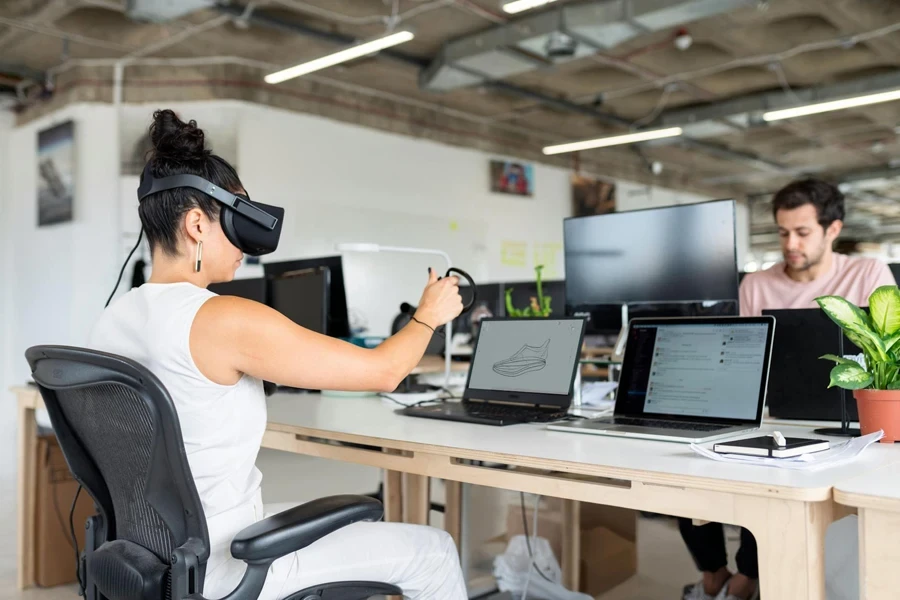
Virtual Reality (VR) hardware is revolutionizing the way businesses and industries engage with digital environments, providing cutting-edge immersive experiences. As the market rapidly expands, driven by technological advancements and increasing applications across sectors, understanding the various types of VR systems becomes crucial. This article explores the current state of the VR hardware market, delves into the distinct features of non-immersive, fully immersive, and semi-immersive VR, and highlights key considerations for selecting suitable products. Gain insights into the trends shaping the future of VR and make informed decisions to enhance the virtual reality capabilities.
Market overview
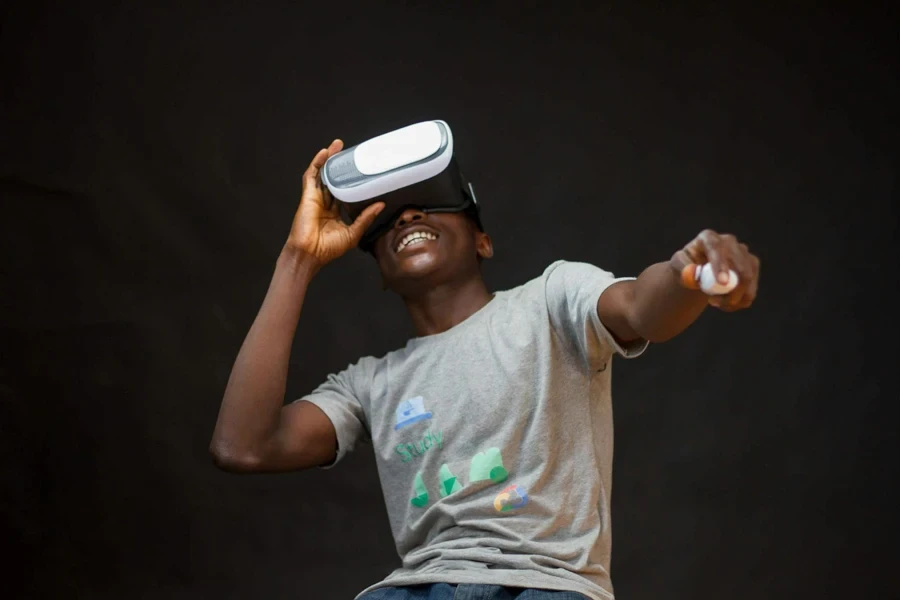
Market scale and growth
The VR hardware market is experiencing substantial growth, projected to reach $17.9 billion by 2029, with a compound annual growth rate (CAGR) of 9.35% from 2024 to 2029. This surge is driven by technological advancements and the increasing affordability of VR devices. According to Statista, China is leading the market with an anticipated revenue of $2.9 billion in 2024, reflecting the significant regional differences in market dynamics. Other key regions include the United States and parts of Europe, where adoption rates are also high.
Key drivers
The user base for VR hardware is expected to grow significantly, reaching 167.2 million users by 2029. This increase in users is accompanied by a rising penetration rate, which is forecasted to grow from 2.1% in 2024 to 2.5% by 2029. Factors contributing to this growth include the development of more advanced and affordable VR headsets, which make the technology accessible to a broader audience. Additionally, the integration of VR into diverse industries such as gaming, healthcare, education, and entertainment is driving demand. As VR technology becomes more sophisticated, its applications are expanding, further fueling market growth.
These trends highlight the dynamic nature of the VR hardware market, which is evolving rapidly to meet consumer and industry demands. Advanced headsets with higher resolution displays, improved motion tracking, and more intuitive user interfaces are becoming standard, enhancing the overall user experience. The growing interest in immersive experiences across various sectors underscores the importance of staying informed about the latest developments in VR hardware.
Different types and their features
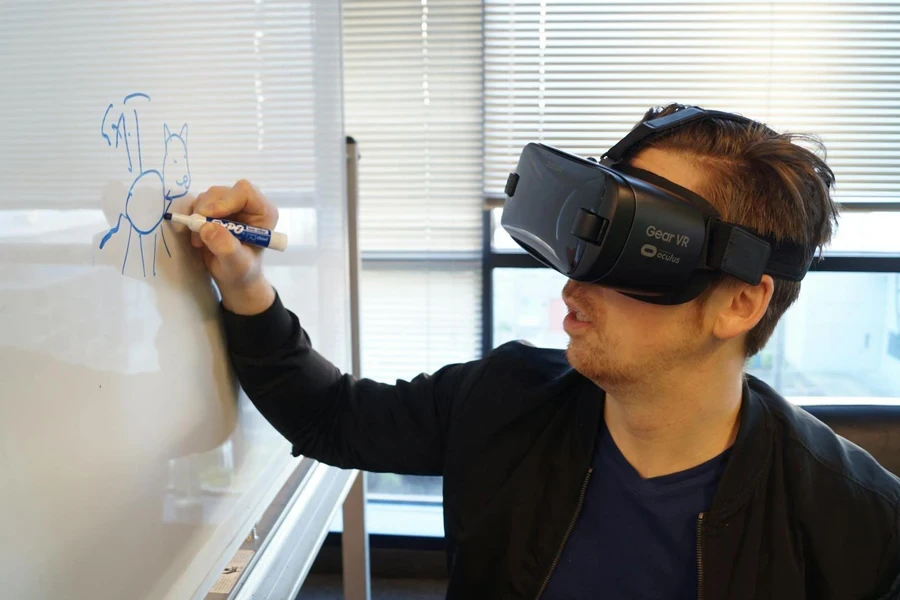
Non-immersive VR
Non-immersive VR involves interacting with a virtual environment using traditional input devices connected to PCs, laptops, or smartphones. These systems do not require specialized VR headsets or controllers, making them highly accessible. Technical features include the use of standard displays and peripherals such as keyboards, mice, and gamepads. The interaction is primarily through 2D screens, and the virtual environment is navigated by controlling avatars or characters within the game. Examples include games like World of Warcraft and Dota 2, where players engage in complex virtual worlds with high-resolution graphics and detailed environments, but remain aware of their physical surroundings.
Fully-immersive VR
Fully-immersive VR offers the most comprehensive and realistic virtual experiences. It relies on advanced hardware such as high-resolution VR headsets, haptic gloves, motion capture suits, and omnidirectional treadmills. These systems typically use stereoscopic displays with high refresh rates (often 90Hz or higher) to provide smooth and lifelike visuals. Motion tracking is achieved through sensors like gyroscopes, accelerometers, and magnetometers integrated into the headsets and external base stations to track the user’s movements in real-time across six degrees of freedom (6DoF). This setup allows for precise interaction with the virtual environment, making it ideal for applications such as medical training simulations and immersive gaming experiences like the Virtual Shooter Gaming Zone.
Semi-immersive VR
Semi-immersive VR systems blend aspects of both non-immersive and fully-immersive VR, offering a middle ground in terms of immersion and accessibility. These systems often use standalone VR headsets, which include built-in displays and sensors, eliminating the need for external computers or smartphones. Devices like the Oculus Quest and HTC Vive feature integrated processors, high-resolution OLED or LCD screens, and inside-out tracking for a cable-free experience. These headsets support 3DoF or 6DoF tracking, allowing users to move and interact within a defined space. Semi-immersive VR is used in educational virtual tours, real estate visualization, and moderate gaming, providing a balance between immersive interaction and ease of use. The headsets often come with handheld controllers that provide haptic feedback, enhancing the sense of touch and interaction within the virtual environment.
Things to consider when selecting products
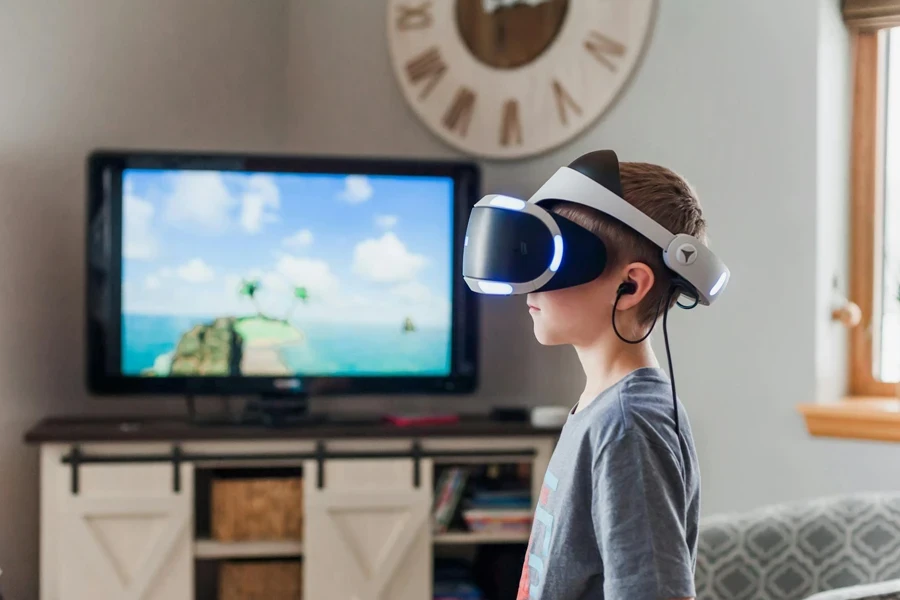
Standalone or PC-powered VR?
Standalone VR systems are equipped with built-in processors, storage, and sensors, providing an all-in-one solution that eliminates the need for external devices. These systems typically use Qualcomm Snapdragon chipsets, which offer a balance between performance and power consumption. The display quality in standalone VR can vary, with resolutions ranging from 1440 x 1600 pixels per eye to 1832 x 1920 pixels per eye. These systems often support wireless connectivity options like Wi-Fi 6 and Bluetooth, facilitating seamless integration with other devices.
Conversely, PC-powered VR systems leverage the superior processing power of desktop GPUs, such as the NVIDIA RTX 30 series or AMD Radeon RX 6000 series, to deliver ultra-high resolutions (up to 4K per eye) and refresh rates exceeding 120Hz. These systems require HDMI or DisplayPort connections and USB interfaces to connect the headset to the PC, ensuring high-bandwidth data transfer for smooth and responsive VR experiences.
Headset display and tracking
The immersive quality of a VR headset is heavily influenced by its display technology and tracking capabilities. Modern headsets often employ AMOLED or fast-switch LCD panels with high pixel densities (over 800 PPI) to minimize the screen door effect and provide sharp, vibrant visuals. For instance, headsets with a resolution of 2160 x 2160 pixels per eye are becoming common, delivering exceptional clarity. Refresh rates are critical, with many high-end headsets supporting 90Hz to 144Hz to ensure fluid motion and reduce motion sickness. Tracking technologies integrate multiple sensors, including IMUs (Inertial Measurement Units) comprising gyroscopes, accelerometers, and magnetometers, to deliver precise 6DoF tracking. Some advanced systems use external lighthouse sensors or inside-out tracking with integrated cameras to map the environment and track the user’s position accurately in real-time.
Room scale tracking and setup
Implementing room-scale VR requires careful setup of tracking equipment to enable users to move freely within a defined physical space. Base stations or external sensors, like the HTC Vive’s lighthouse system, emit infrared signals to track the headset and controllers’ positions within a room. These systems support spaces up to 10 x 10 meters, allowing for extensive movement and interaction. Users must ensure a clear area free of obstacles and consider ceiling-mounted or wall-mounted sensor placements for optimal coverage. Some setups use advanced algorithms and multiple sensor triangulations to maintain tracking accuracy, even if one sensor’s line of sight is temporarily blocked.
Audio and interaction
Good quality spatial audio is essential for a truly immersive VR experience, with many headsets incorporating integrated speakers that deliver 3D audio, creating a surround sound effect. Technologies like ambisonic audio and HRTF (Head-Related Transfer Function) modeling are used to simulate realistic soundscapes that adjust dynamically with the user’s head movements. Handheld controllers, such as the Oculus Touch or Valve Index controllers, feature multiple buttons, analog sticks, and capacitive sensors to detect finger movements and gestures. Haptic feedback systems within these controllers use vibration motors and force sensors to provide tactile sensations, simulating textures and impacts within the virtual environment. Advanced gloves and motion capture suits are also available, incorporating sensors that track hand and finger movements with sub-millimeter accuracy, enabling highly detailed interaction for professional applications such as virtual prototyping and medical training.
Conclusion
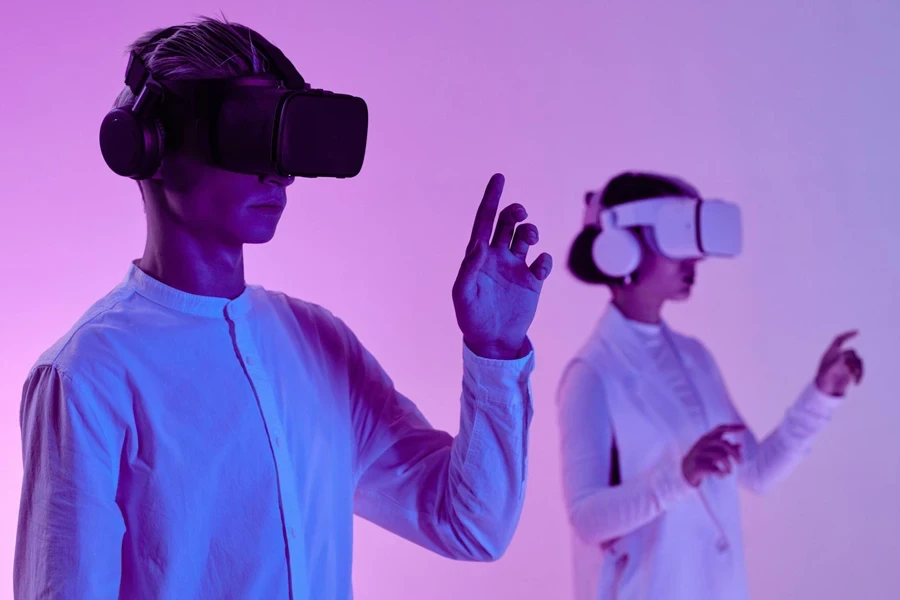
The VR hardware market is rapidly evolving, propelled by continuous technological advancements and growing consumer interest. Understanding the various types of VR systems and the critical factors in selecting the right products enables businesses and consumers to make informed decisions. These insights help in enhancing virtual experiences across different applications, from gaming to professional training. As the market continues to expand, staying informed about the latest developments and trends will be essential for maximizing the potential of VR technology.




